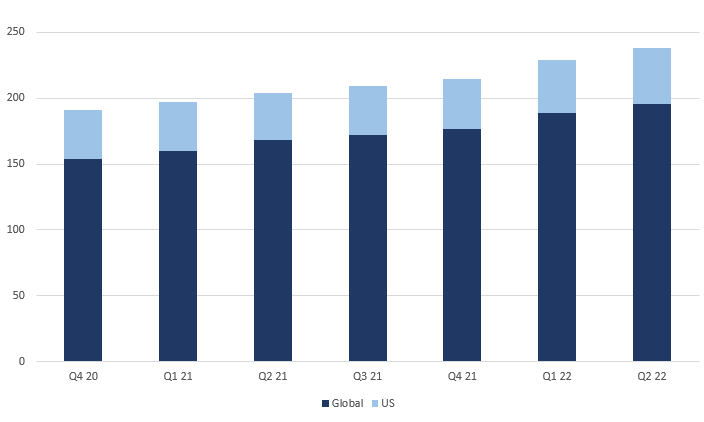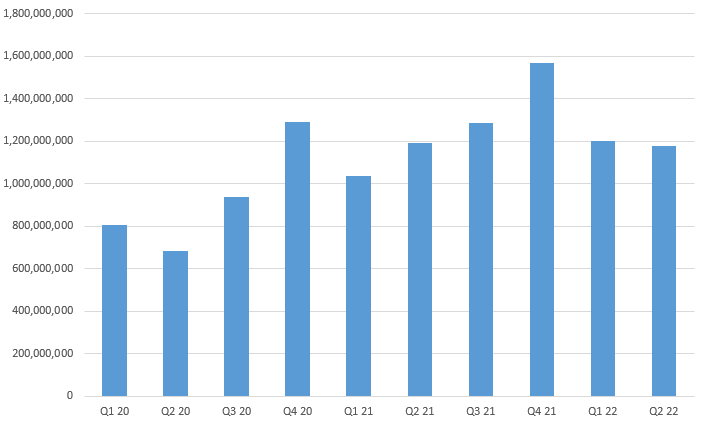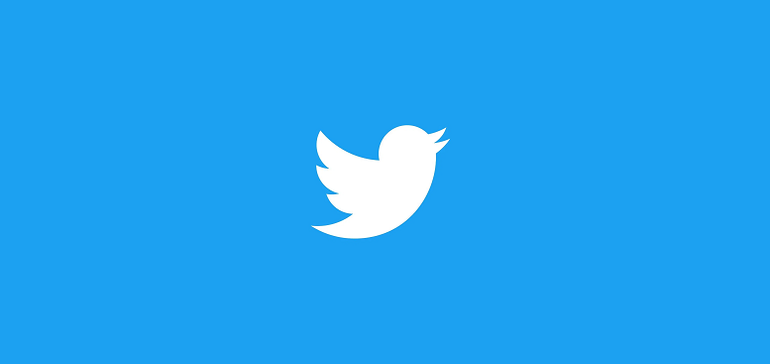Amid ongoing uncertainty around the Elon Musk acquisition, Twitter has shared its latest performance update, posting an increase in active users, but a year-on-year decrease in revenue, which it’s attributed to challenging market conditions.
Though it’s also made it very clear that Musk himself is to blame for many of its current challenges and concerns.
First off, on users, Twitter added 9 million new daily active users in the quarter, taking it to 238 million total mDAU.

As you can see here, most of the new growth has come from international markets, with Twitter only adding 2 million new users in the US. But even so, Twitter’s added 5 million more US users over the past three quarters, after growth amongst American users stagnated, and even declined at one stage, for almost two years.
What’s particularly surprising here is that Twitter didn’t see any significant boost in US user numbers during the Trump administration, when former President Trump used the platform as a key policy announcement vehicle. You would think that Twitter would have seen a lot more US users jumping in to catch Trump’s tweets – but actually, since Twitter banned Trump in January 2021, its US user counts have increased.
Make of that what you will.
In terms of its ‘rest of the World’ stats, Twitter hasn’t provided a breakdown of where its newest 7 million users have come from, but Japan and India remain its second and third largest user bases, after the US.
A concern on this front is that Twitter continues to butt heads with the Indian Government over the Government’s push to censor certain discussions and people based on politically sensitive topics. Twitter has complied with some of these orders, and resisted others.
The company’s ongoing pushback could still see Twitter face a potential ban in the Indian market – and if Twitter were to lose India, as TikTok did, that could be a major blow to its overall expansion.
Twitter attributes its overall mDAU growth to ‘ongoing product improvements and global conversation around current events’. Of course, there’s no way of knowing for sure which elements have had the most impact in this respect, but Twitter has continued to add new conversation controls, subscription offerings, Communities, Spaces, etc.
In combination, all of these elements do appear to be drawing more users to the platform. Not in a big way, but Twitter is still growing, which is an important consideration.
In terms of revenue, Twitter brought in $1.18 billion in Q2, a decrease of 1% year-over-year.

Twitter says that the decline reflects ‘advertising industry headwinds associated with the macroenvironment’, which is all businesses are feeling right now, and you can expect to see every social platform to report similar impacts over the rest of the year.
But as noted, Twitter also attributes its issues to Musk himself, citing ‘uncertainty related to the pending acquisition of Twitter by an affiliate of Elon Musk’ as another factor in its reduced revenue performance.
It’s impossible to measure the impact here, but definitely, the constant disparagement by Musk, and the questioning of its metrics, would have had some impact on its market perception.
In its recent overview of its newly launched legal action to force Musk to uphold his end of the deal, Twitter’s legal team noted that:
“Monetary damages [in the event of Musk exiting the deal], even if available, would not be an adequate remedy in the event that the parties do not perform the provisions of this Agreement.”
In other words, Musk’s public criticisms of the company have caused damage beyond what Twitter thinks can be fixed with a payout or financial settlement. Twitter is worse off because of the Musk fiasco, which has largely centered around Musk’s repeated claim that Twitter is lying about the amount of bots and spam accounts that are active within its network.
Which, even in today’s announcement, Twitter still pegs at 5% of its active user account.
Now a court will have to decide whether Twitter’s disclosures on this element are correct – or indeed, if it’s even relevant in the legal case that Musk’s team is presenting to exit the deal.
Twitter also notes that its costs and expenses in Q2 were $1.52 billion, an increase of 31% year-over-year, with costs related to the pending acquisition of Twitter reaching $33 million in the period.
Severance-related costs were approximately $19 million – while Twitter also recently noted that employee attrition has ‘been on the upswing since the signing of the merger agreement’.
It’s a fairly sombre announcement from Twitter, with the Musk deal effectively halting the company’s growth plans and projections, because no one has any idea who’s going to be in charge at this time next year. Twitter is still rolling out updates and changes, it’s still moving ahead with its existing plans. But it feels like it’s, more broadly, in a state of limbo till the Musk issue gets sorted.
Which could go any way. As of right now, it seems like Twitter has a stronger legal case to hold Musk to the original deal, but Musk has virtually unlimited resources, and a huge public profile, which will no doubt help him put together the best legal case to capitalize on any loophole or issue.
That could still see Musk wriggle out of the deal. And if that happens, Twitter could be in a very difficult spot moving forward.



